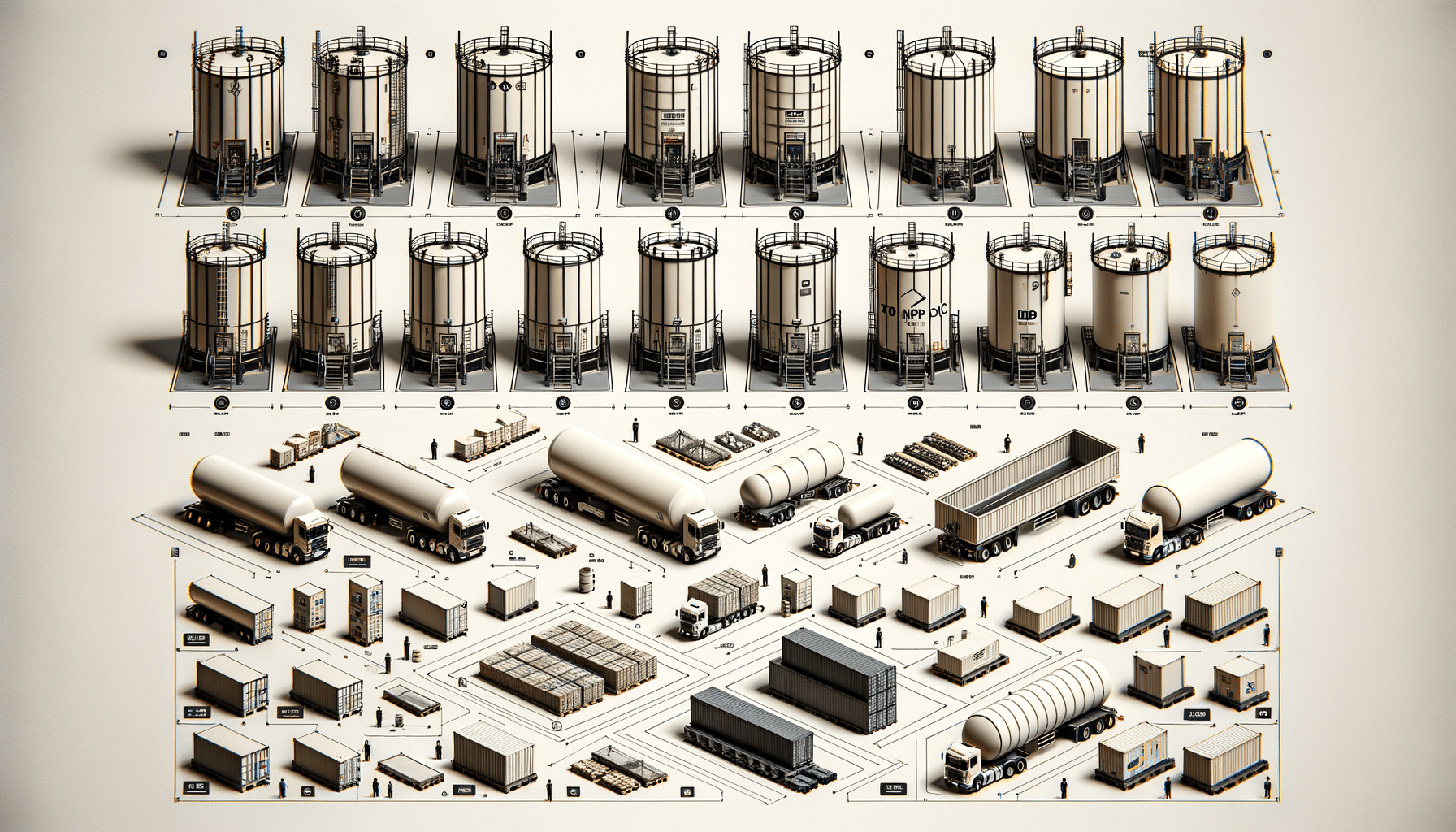
IBC Tanks: A Practical and Affordable Storage Solution.
Understanding IBC Tanks and Their Uses
Intermediate Bulk Containers, commonly known as IBC tanks, are a versatile and efficient solution for storing and transporting a wide range of fluids, including chemicals, water, and food products. These containers are designed to be robust and durable, which makes them suitable for both industrial and residential applications. The construction of IBC tanks typically involves a rigid outer cage made of galvanized steel or plastic, which encases a high-density polyethylene (HDPE) inner container. This design ensures that the contents are well-protected during transit and storage.
The popularity of IBC tanks can be attributed to their ability to hold large volumes of liquid, usually ranging from 275 to 330 gallons. This capacity makes them ideal for businesses that require bulk storage solutions without the need for multiple smaller containers. Additionally, the stackable nature of IBC tanks allows for efficient use of space in warehouses and storage facilities.
Some common uses for IBC tanks include:
- Storing and transporting chemicals for industrial processes.
- Collecting and storing rainwater for agricultural or residential use.
- Transporting food-grade liquids such as oils, syrups, and juices.
- Temporary storage of wastewater or other non-hazardous fluids.
Overall, IBC tanks offer a practical and cost-effective solution for a variety of storage and transportation needs, making them a valuable asset for businesses and individuals alike.
Exploring IBC Totes and Their Dimensions
IBC totes, a term often used interchangeably with IBC tanks, refer to the same type of container. These totes are designed to offer maximum efficiency in terms of storage and transport. Understanding the dimensions of IBC totes is crucial for businesses and individuals planning to incorporate them into their operations.
The standard dimensions of an IBC tote are approximately 48 inches in length, 40 inches in width, and 46 inches in height. These measurements can vary slightly depending on the manufacturer and specific model, but they generally adhere to these dimensions to ensure compatibility with standard shipping and storage systems. The cubic shape of the totes allows for optimal space utilization, enabling them to be stacked neatly in storage facilities or on transportation vehicles.
When selecting an IBC tote, it is essential to consider the following factors:
- Capacity: Most IBC totes come in 275 or 330-gallon capacities, providing flexibility based on storage needs.
- Material: The inner container is typically made of HDPE, offering resistance to a wide range of chemicals and temperatures.
- Cage Construction: The outer cage can be made of galvanized steel or durable plastic, providing additional protection during handling and transport.
- Valve Type: Different valve types are available, including ball valves and butterfly valves, to control the flow of liquid from the tote.
By understanding these dimensions and features, users can make informed decisions when purchasing IBC totes, ensuring they meet their specific storage and transportation requirements.
Finding IBC Tanks and Used IBC Totes for Sale
The market for IBC tanks and totes offers a variety of options for both new and used products, catering to different budgetary and operational needs. Purchasing IBC tanks can be a significant investment, but the long-term benefits in terms of storage efficiency and durability often justify the cost.
When looking for IBC tanks for sale, consider the following avenues:
- Direct from Manufacturers: Buying directly from manufacturers can offer assurances of quality and warranty, although prices may be higher for brand-new units.
- Authorized Distributors: Distributors often provide a range of options, including new and refurbished tanks, allowing for cost savings without compromising on quality.
- Online Marketplaces: Platforms that specialize in industrial equipment often list both new and used IBC tanks, providing a broader selection for buyers.
- Local Classifieds: Used IBC totes can often be found in local classifieds, offering budget-friendly options for those willing to inspect and verify the condition before purchase.
Used IBC totes present an economical alternative, particularly for applications where minor cosmetic imperfections do not impact functionality. However, it is crucial to ensure that used totes have been adequately cleaned and checked for integrity before reuse, especially if they were previously used for storing hazardous materials.
In conclusion, whether opting for new or used IBC tanks, potential buyers should conduct thorough research and consider their specific needs and budget to make the most informed purchasing decision.


